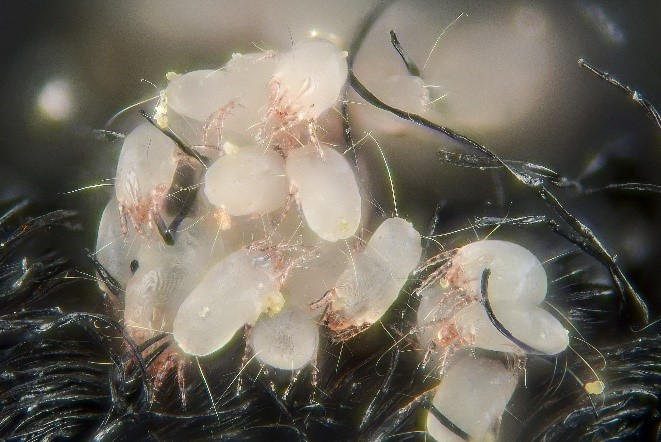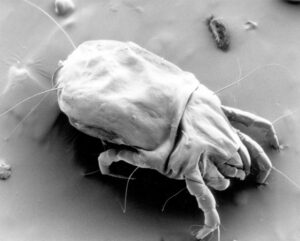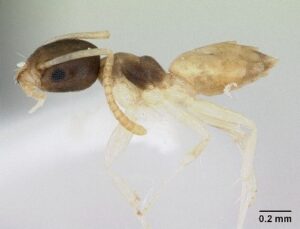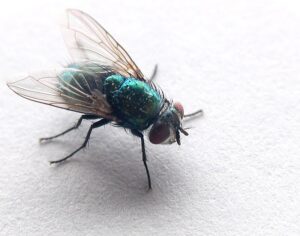House Dust Mite:
General Description
|
A scanning electron micrograph of a female – CSIRO |
Life Cycle and Common Characteristics
|
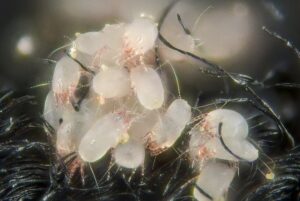
Dermatophagoides pteronyssinus Credit: Gilles San Martin |
- The average life of a house dust mite is 65-100 days, and as soon as it reaches puberty, the female lays eggs at a rate of 1-2 eggs/day.
- A mated female can live up to 70 days, laying 60 to 100 eggs in the last five weeks of her life.
- Mattresses and carpets are among the most suitable places for the living and breeding of the mite, as the food of the mite gathers in them.
- They live indoors and feed on dandruff and food particles. When hiding places are available, they breed in places where temperatures range between 20-30°C and the average relative humidity is 75%. Indoor heat and humidity are extremely important for the spread of mites.
- This mite can produce approximately 2,000 fecal particles in a 10-week lifespan.
Damage and Medical Implications
- The house dust mite is a small living organism that does not bite a person or suck his blood. It has an ominous appearance when magnified under an electron microscope, but it appears white when viewed by different means.
- The mite leaves fine particles of feces in the dust of the houses, and these may also cause allergies.
- Dead mites in the dust retain their ability to cause allergies.
- The household dust mite is one of the biggest problems, as its entry into the inhaled air in the breathing process causes allergic diseases of the respiratory system. Different types of allergic diseases may occur, but asthma is considered one of the most important of them all because it is the most common and the largest number of patients suffer from it. In addition to inflammation of the body in many areas.

